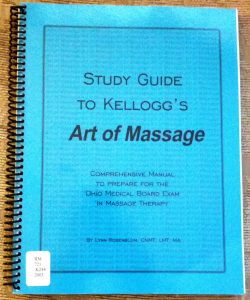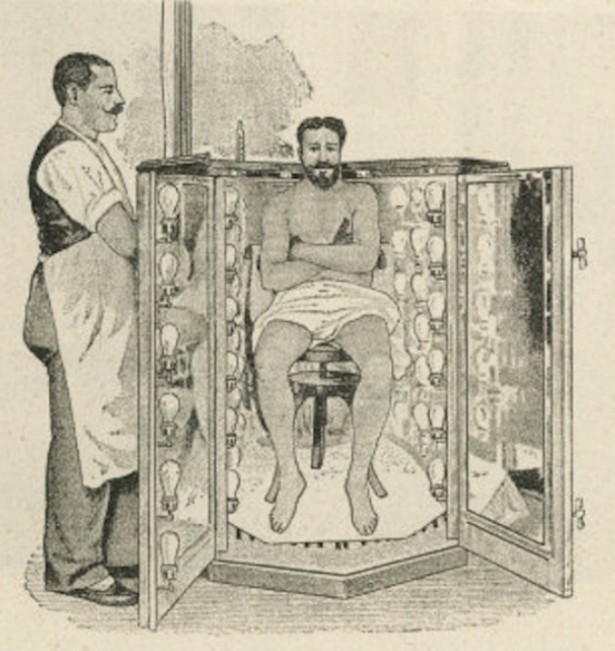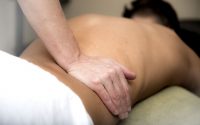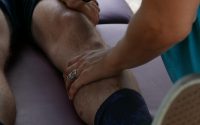Corn Flakes and Massage
 John Harvey Kellogg (1852-1943), best known for his corn flakes, was also involved in the world of health and was an advocate for massage therapy. He even wrote a book on massage, titled The Art of Massage.
John Harvey Kellogg (1852-1943), best known for his corn flakes, was also involved in the world of health and was an advocate for massage therapy. He even wrote a book on massage, titled The Art of Massage.
Kellogg was an American physician who pioneered the health food movement in the late 19th century. He was director of the Battle Creek Sanatorium in Michigan, a combination of spa, hospital, and hotel. Here he invented a range of exercise equipment and medical contraptions for the use of the paying guests. He also developed and patented a variety of new foods, including corn flakes; peanut butter, soymilk, and a variety of imitation meats. And he published some 50 books on various aspects of healthy living, which advocated vegetarianism, regular exercise, plenty of fresh air and sunshine, drinking 8 to 10 glasses of water a day, and abstinence from alcohol, tobacco, tea, and coffee.
As stated above, Kellogg also made a contribution to massage therapy and has been called an American massage pioneer. He wrote “The Art of Massage” (1895) to “eliminate the unnecessary and inefficient, and to develop and perfect those methods capable of securing most definite and prompt results.” Kellogg’s Art of Massage (1895) can be read here http://www.mcmillinmedia.com/eamt/files/kellogg/kelcont.html
From reading this book, we can see where some of massage myths originated, for example, massage should only be performed away from the heart.
Excerpt from Art of Massage (Ch. 6):
“Stroking is always done in one direction only, never to and fro. As a rule, the direction of stroking should be that of the blood current in the arteries, outward or downward from the heart. The direction, as a rule, is the opposite of that of friction. When applied to hairy surfaces, the stroking should be in the way the hair lies, not against the hair, as in “rubbing a cat’s back the wrong way.”
“Cerebral congestion, and the insomnia resulting from it, may often be relieved by centrifugal friction applied to the extremities. The rubbing should be in a direction away from the heart, thus impeding the flow of venous blood and so retaining a considerable amount of blood in the lower extremities, and thereby affording relief to the congested brain.”
The following Excerpt from Chapter 4 suggested that massage can remove toxin from the body:
Effects of Massage upon the Muscular System: To Remove the Effects of Muscular Fatigue. – Ranke, Helmholtz, Du Bois-Raymond, Mosso, and more recently, Abelous, have conclusively shown that special toxic substances are produced as the result of muscle work, and that the phenomena of fatigue are due to the influence of these substances upon the nervous and muscular systems.
Certainly, some of Kellogg’s statements are understandable because research and science was in its infancy at that time. In fact, it could be said that Kellogg was ahead of his time in the 19th century, emphasizing the importance of anatomy and physiology, in particular the nervous system. He outlined the physiological effects of massage from observations and evidence available during his time.
However the materials from Kellogg’s Art of Massage had been used until fairly recently by the Ohio State Medical Board for Massage Therapy for their licensing exam. No doubt Kellogg contributed much to introducing and modernizing massage as part of the complementary health care system, however we also need to move forward with new texts and resources as our knowledge of the fundamental science of massage increases.
You can test this 19th century knowledge here.




